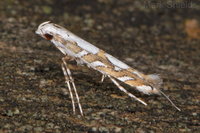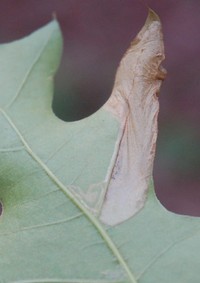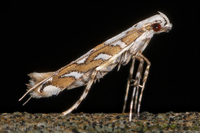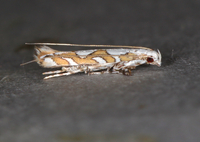
| Recorded by: Jim Petranka and Becky Elkin on 2025-05-24
Richmond Co.
Comment: | 
| Recorded by: Jim Petranka and Becky Elkin on 2025-05-24
Richmond Co.
Comment: |
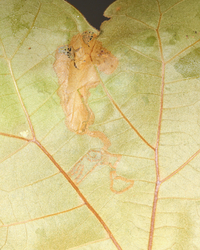
| Recorded by: Jim Petranka and Becky Elkin on 2025-05-24
Richmond Co.
Comment: | 
| Recorded by: David George, Jeff Niznik, Jim Petranka, Becky Elkin on 2025-05-24
Richmond Co.
Comment: |

| Recorded by: David George, Jeff Niznik, Jim Petranka, Becky Elkin on 2025-05-24
Richmond Co.
Comment: | 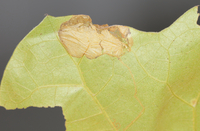
| Recorded by: Jim Petranka and Becky Elkin on 2025-05-22
Richmond Co.
Comment: |
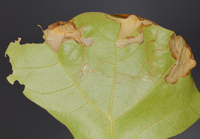
| Recorded by: Jim Petranka, Becky Elkin, Tracy Feldman, David George, Jeff Niznik and John Petranka. on 2025-05-09
Cumberland Co.
Comment: | 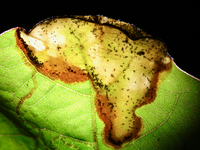
| Recorded by: Jim Petranka, Becky Elkin, Tracy Feldman, David George, Jeff Niznik and John Petranka. on 2025-05-09
Cumberland Co.
Comment: |
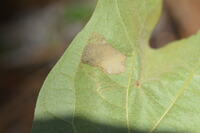
| Recorded by: Tracy Feldman on 2025-05-09
Cumberland Co.
Comment: | 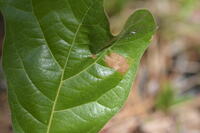
| Recorded by: Tracy Feldman on 2025-05-09
Cumberland Co.
Comment: |
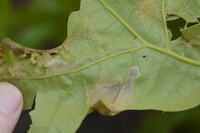
| Recorded by: Tracy Feldman, David George on 2025-05-09
Cumberland Co.
Comment: | 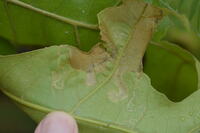
| Recorded by: Tracy Feldman, David George on 2025-05-09
Cumberland Co.
Comment: |
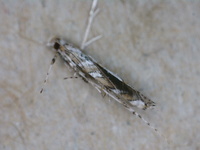
| Recorded by: Tracy Feldman, David George on 2025-05-09
Cumberland Co.
Comment: | 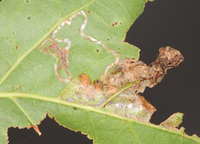
| Recorded by: Jim Petranka and Becky Elkin on 2024-07-27
Madison Co.
Comment: |

| Recorded by: Stephen Dunn on 2024-06-29
Orange Co.
Comment: | 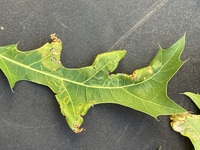
| Recorded by: Ken Kneidel on 2024-06-13
Mecklenburg Co.
Comment: |
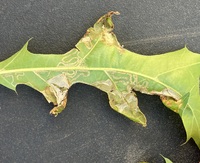
| Recorded by: Ken Kneidel on 2024-06-13
Mecklenburg Co.
Comment: | 
| Recorded by: Ken Kneidel on 2024-06-13
Mecklenburg Co.
Comment: |
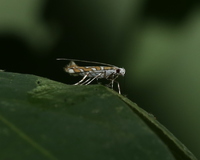
| Recorded by: David George on 2024-05-24
Durham Co.
Comment: | 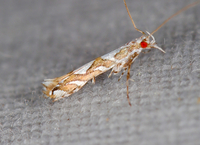
| Recorded by: Jim Petranka, John Petranka and Bo Sullivan on 2023-06-14
Moore Co.
Comment: |
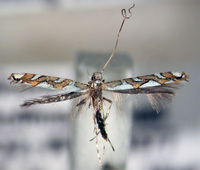
| Recorded by: Jim Petranka, John Petranka and Bo Sullivan on 2023-06-14
Moore Co.
Comment: | 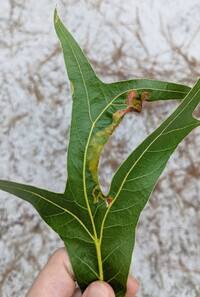
| Recorded by: David George, Jeff Niznik on 2023-05-21
New Hanover Co.
Comment: Unoccupied mine on Quercus laevis |
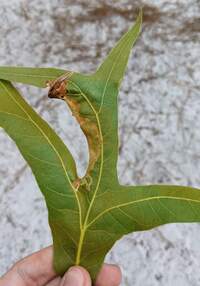
| Recorded by: David George, Jeff Niznik on 2023-05-21
New Hanover Co.
Comment: | 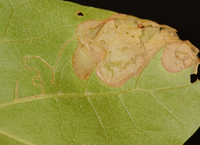
| Recorded by: Jim Petranka, John Petranka and Bo Sullivan on 2023-05-18
Richmond Co.
Comment: Unoccupied mines were common on Quercus marilandica. |
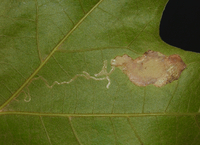
| Recorded by: Jim Petranka, John Petranka and Bo Sullivan on 2023-05-18
Scotland Co.
Comment: Unoccupied mines were on Turkey Oak. | 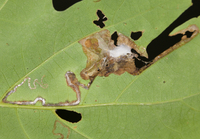
| Recorded by: Jim Petranka on 2022-07-15
Haywood Co.
Comment: An old mine on the underside of Northern Red Oak. |
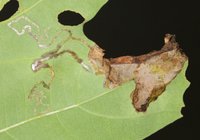
| Recorded by: Jim Petranka on 2022-07-15
Haywood Co.
Comment: Two old mine on the underside of Northern Red Oak. | 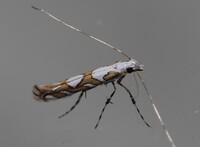
| Recorded by: Rob Van Epps on 2022-05-29
Mecklenburg Co.
Comment: |
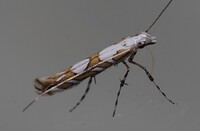
| Recorded by: Rob Van Epps on 2022-05-29
Mecklenburg Co.
Comment: | 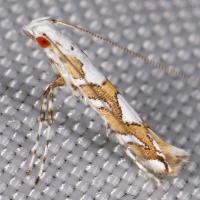
| Recorded by: Mark Shields on 2020-07-10
Onslow Co.
Comment: |
|

 »
»